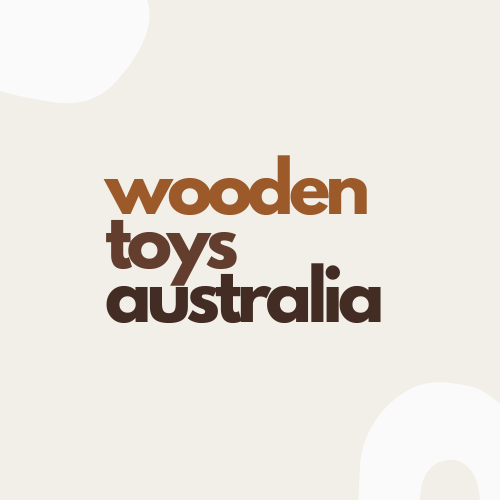
Download Your Set of 4 High Contrast Posters
Not only are high contrast images captivating for your newborn's developing eyes, but they also play a crucial role in stimulating visual pathways, laying the groundwork for sharper focus and enhanced visual processing later in life. That's why I've crafted a series of black and white posters featuring for sea creatures: shark, fish, crab and jellyfish.
Each poster is thoughtfully designed with increasing levels of detail, perfect for engaging your baby or toddler during tummy time or play on the floor.
These posters aren't just for the littlest ones – for older children, they're a fantastic tool for memory games and early literacy practice.
If you use this printable, I'd love to see it in action! Please email hello@woodentoysaustralia.com or tag us on Instagram: @woodentoysaus
Further information about high contrast images:
High contrast images are beneficial for newborn development due to their ability to stimulate visual pathways in the brain and enhance visual attention. Research suggests that newborns have limited visual acuity and are highly responsive to high contrast stimuli. According to research, infants as young as one week old show a preference for high contrast patterns over low contrast ones, indicating the importance of contrast sensitivity in early visual development.
Additionally, high contrast images help newborns to distinguish between different shapes and patterns, laying the foundation for visual discrimination skills essential for cognitive development. In fact, a study by Sireteanu and Rettenbach (2000) demonstrated that exposure to high contrast visual stimuli contributes to the maturation of the visual system in newborns, leading to improved visual processing abilities later in life.
Furthermore, high contrast images can promote early bonding and interaction between caregivers and infants by capturing their attention and fostering engagement during shared activities. This interaction is crucial for the social and emotional development of the newborn. According to research by Moon, Pannasch, and Simons (2014), high contrast images elicit stronger neural responses in the brain's visual areas, indicating heightened attention and arousal levels in infants.
In conclusion, high contrast images play a significant role in newborn development by stimulating visual pathways, enhancing visual attention, promoting visual discrimination skills, and facilitating early bonding and interaction. Therefore, incorporating high contrast visual stimuli into newborn environments can positively impact their cognitive, social, and emotional development.
References:
- Atkinson, J., Braddick, O., & Braddick, F. (1974). Acuity and contrast sensitivity in the newborn. Nature, 247(5438), 403–404.
- Sireteanu, R., & Rettenbach, R. (2000). Perceptual learning in visual search generalizes over tasks, locations, and eyes. Vision Research, 40(21), 2925–2949.
- Moon, C., Pannasch, S., & Simons, D. J. (2014). The Development of Visual Attention. In J. S. Werner & L. M. Chalupa (Eds.), The New Visual Neurosciences (pp. 1369–1380). The MIT Press.
